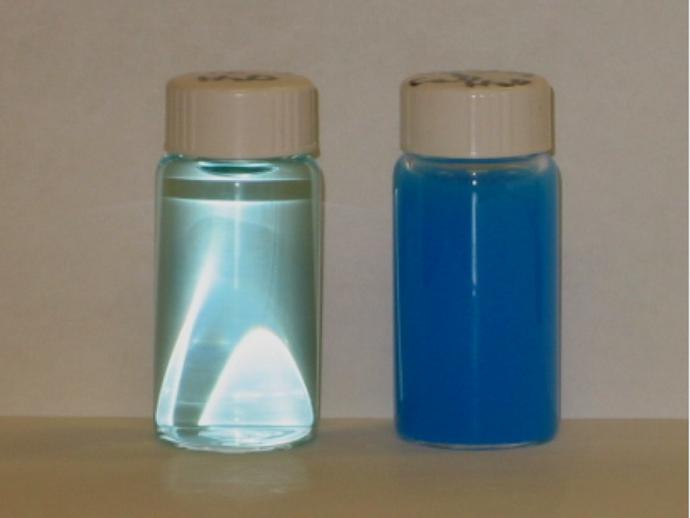Thank you. My understanding was that surface precipitation/grime was inevitable in kalkwasser solutions (could be wrong; definitely not mixing optimally). I’m dosing at the low end for calcium hydroxide using the BRS website (1/2 tsp per gallon I recall).
I like the idea of using a multi-head doser and trickling kalkwasser (or maybe just sodium hydroxide) alongside 2 part.
My naive understanding of kalk stirrers is that they can be costly and add more maintenance / specialization in the long run (things I’m trying to minimize as this is a work tank).
Cheers and thx for the thoughts.
I am not sure the calculator you are using but I would guess that is for mixing the kalk. But saturated kalk is saturated Kalk. It is the clear water above the kalk layer that settled.
As for adding the amount to the aquarium is different and the reason I do not like using evaporation. This goes for most anything you add two part, kalk etc. Calculators are good for going from point A to point B but after that demand is what determines how much is actually added. If you have more stony corals or coral line demand will be higher and more is needed.
If you have less you need to add less.
If you add two much two part or kalk you can get precipitation and calcification. I am sure Randy can explain it better. You add to much of anything it has to go somewhere if it is not being used up.




















